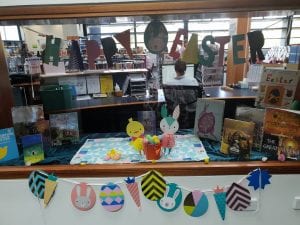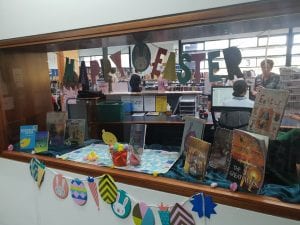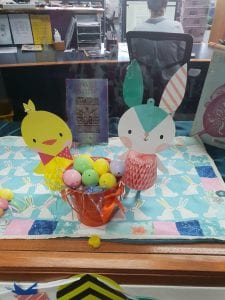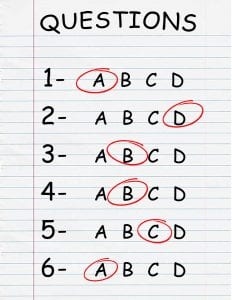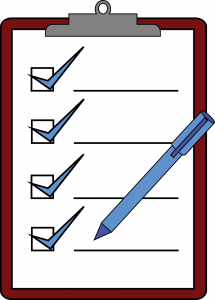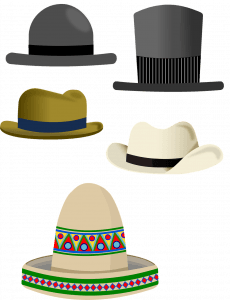
Gellinger / Pixabay
Our school library has nearly 100 000 print texts on its shelves. Unfortunately, even though our library is well stocked, it is underused by our school community. Resources were acquired based upon the presumption that was what the students and teachers wanted. Instead the books, databases and audiobooks have languished on shelves and data servers, completely under-utilised. I have previously mentioned this phenomenon of Tsunkudo. So whilst I am not going to rehash the other post, I will focus this blog post on budget aspect of managing a collection. SMLS (n.d.) lists three roles a TL must consider when they are managing a budget for resourcing; a collaborator, a steward and a thinker. This blog post will elaborate further on these roles and how it relates to collection development.
When a teacher librarian is being a collaborator with resourcing, they start with the community they are resourcing for. Our school is currently suffering from Tsundoku so in an effort to change this we are collaborating with the staff and students to access and source resources that will ‘spark joy’. The first section we addressed was the Religious Education collection. As a Catholic high school in the MSC tradition, Religious Education is mandatory till year 10 and then most senior students continue to study the subject till year 12 in varied formats. Therefore it is an essential part of the collection. Unfortunately most of the current range of print books are outdated and unappealing for the student body. In an attempt to alleviate this lethargy for library services, we organised several brochures and sample book packs delivered to the school. One of our team members organised the RE departmental meeting to view these samples so that orders could be made. The HOD of RE and the Library managed to thrash out an agreement where the funds would be shared between both departments but the books would reside in the library to ensure equity of access. As our school is affiliated with the MSC order, we managed to secure some funding from them to access newer editions of Jules Chevalier biographies and other MSC materials. This additional funding was ample enough to cover the purchase of a two print biographies as well as one in an audiobook for our differentiated learners. Ideally, one print copy would stay as teacher resource for new staff that may need an understanding of the MSC ethos and the other would be in the general collection. This collaboration has allowed us to purchase a greater range of resources and fulfill the needs of our community.
A teacher librarian in a stewardship role is responsible for the management of the library (Cambridge dictionary, n.d.). As such, they are responsible in ensuring the value of the collection is maintained whilst responding to the needs of their community. In this role, a TL uses a variety of methods in which to select resources for the collection. They can range from book lists such as Magpies, teacher recommendations, popular best seller lists as well as SCIS, Scootle and other educational blogs. Acquisitions of resources are naturally dependent on the parameters of the selection policy. An astute TL will be able to identify resources using the policy and add them to the collection.
Lastly, the teacher librarian needs to adopt the role of a thinker in managing the collection. Some schools allow for dialogue between the principal and TL about the budget allocation for the year. Other principals just delegate funds and leave its dispensation to the discretion of the TL. Either way, the TL has to manage the collection in whatever funds are available. A clever TL is aware of the curriculum and is aware of the teaching practices across the school. This knowledge of curriculum and student learning, when combined with an ability to engage with multiple staff members, maximises the scope of funds available. In our school, the Dance teacher and the Food Technology teacher were both doing units of work on multicultural practices in Year 8. So my HOD organised sample book packs to be delivered for both teachers to peruse. The result was that both teachers have combined their funds to obtain a series of books about nations and their cultural practices. This combination of departmental monies has enabled us to address the needs of two departments, increased value to our collection, and all without us having to spend our budget allocation. My HOD was rather pleased with herself at this point.
References
Cambridge Dictionary (n.d.) Defintion: Steward. Retrieved from https://dictionary.cambridge.org/dictionary/english/steward
Piemmons, A., (2010) Student Voice, Student Choice: Students as part of the budgeting process. Georgia Library Media Association. Retrieved from https://glma.wordpress.com/2010/03/25/student-voice-student-choice-students-as-part-of-the-budgeting-process/
School Library Media Specialist (n.d.) Program Administrator: Budget management. Retrieved from http://eduscapes.com/sms/administration/budget.html
